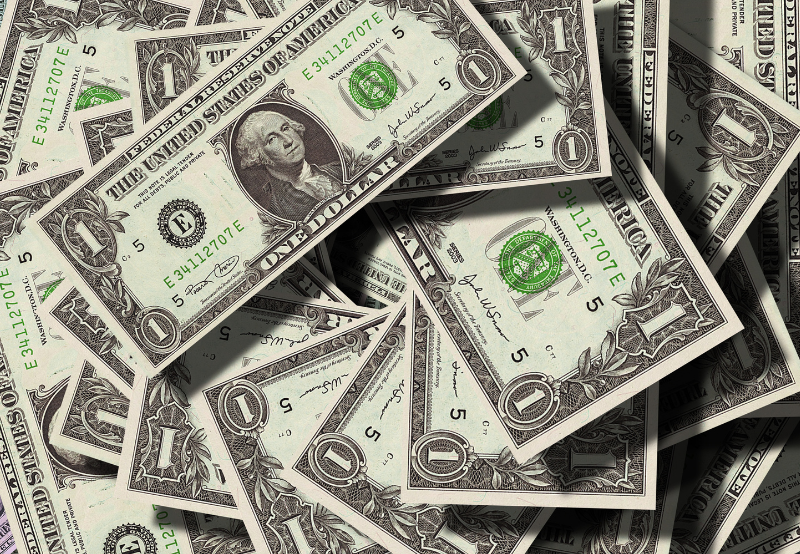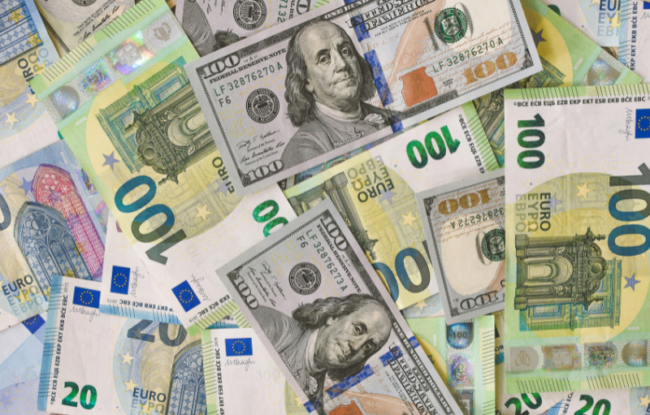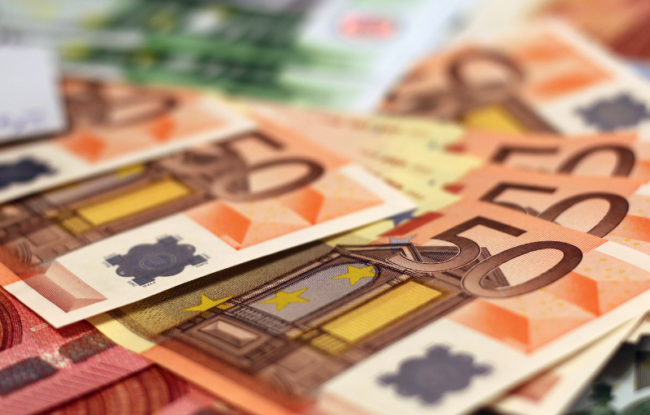By Raj Prabhu
France-based energy firm ENGIE said it has raised €2.75 billion (~$2.9 billion) after the successful closing of its triple-tranche green bond issue.
The transaction delivered an average coupon rate and duration of 3.93% and 12.4 years, respectively. The company said that the issuance covers a substantial part of ENGIE’s financing needs for 2023.
The bonds were priced in line with the secondary market levels, with no new issue premium, while retaining a strong level of oversubscription at the closing. This was supported by the total demand peaking well above €9 billion (~$9.6 billion).
The first tranche was worth €1 billion (~$1.07 billion) for a tenure of 7 years with a coupon of 3.625%. The other two were €1 billion (~$1.07 million) for a period of 12 years, with a coupon of 4.00%, and €750 million (~$807.04 million) for 20 years, with a coupon of 4.25%, respectively.
ENGIE has issued €17.65 billion (~$18.9 billion) of green bonds since 2014.
“We are delighted with the great success of the issuance of this new bond, especially given their long duration up to 20 years. It demonstrates the strong confidence of institutional investors in ENGIE’s strategy, the proven robustness of its credit metrics, as well as its leadership in green finance,” Pierre-François Riolacci, Executive Vice President of Finance of Engie Group, said.
The green bonds were issued in accordance with ENGIE strategy-aligned “Green Bond Framework.” Under the framework, the group undertakes to use the funds only to finance sustainable, socially responsible projects with a positive impact on the environment.
Recently, Revolve Renewable Power Corporation, a utility-scale solar, wind, and battery storage projects developer, announced the sale of its 1,250 MW of solar plus storage projects to ENGIE IR Holdings, a wholly owned subsidiary of ENGIE following the signing of a share purchase agreement.
Last October, ENGIE acquired a 6 GW portfolio of solar, paired storage, and standalone battery storage capacity from Belltown Power to boost its U.S. development pipeline.




